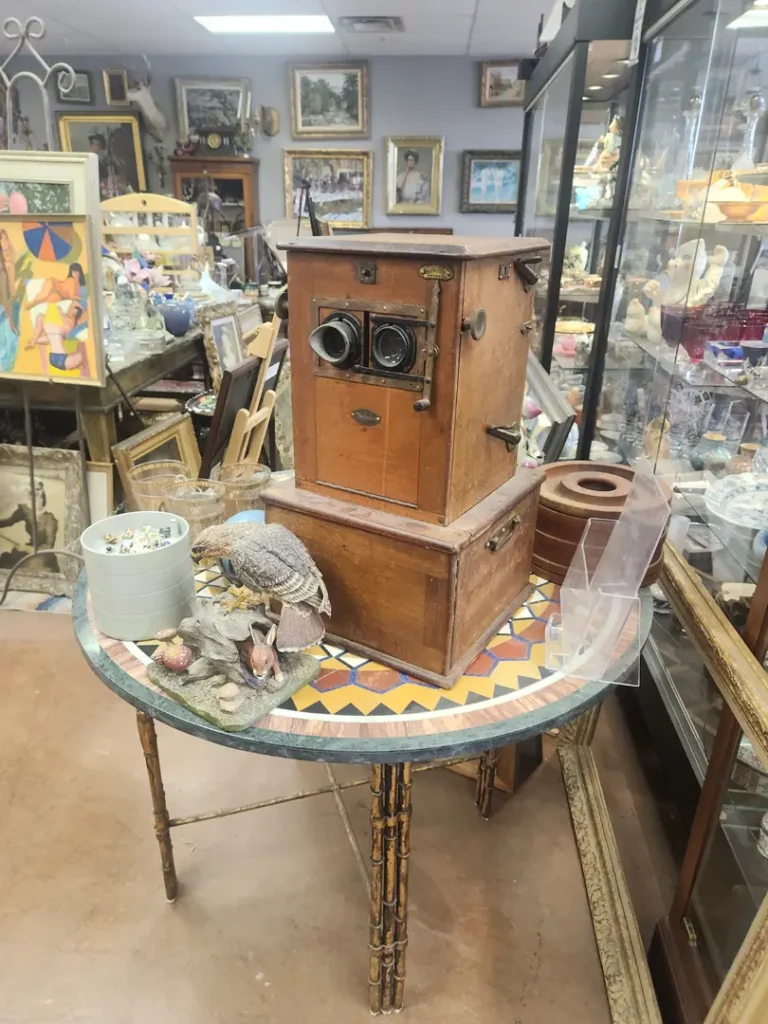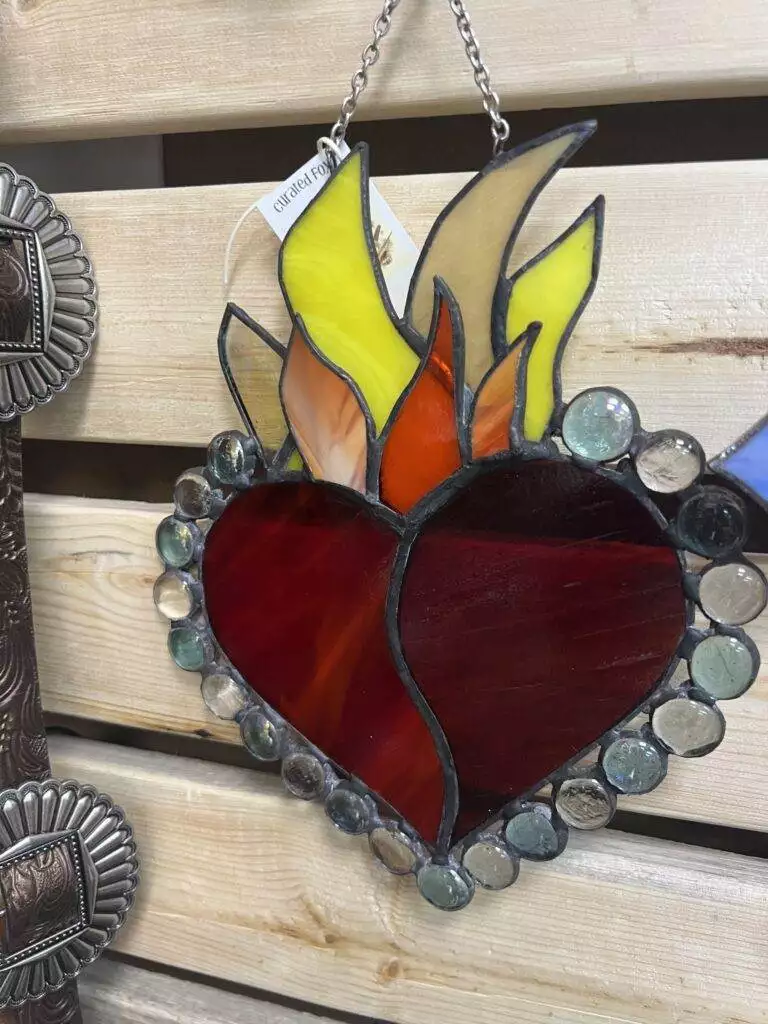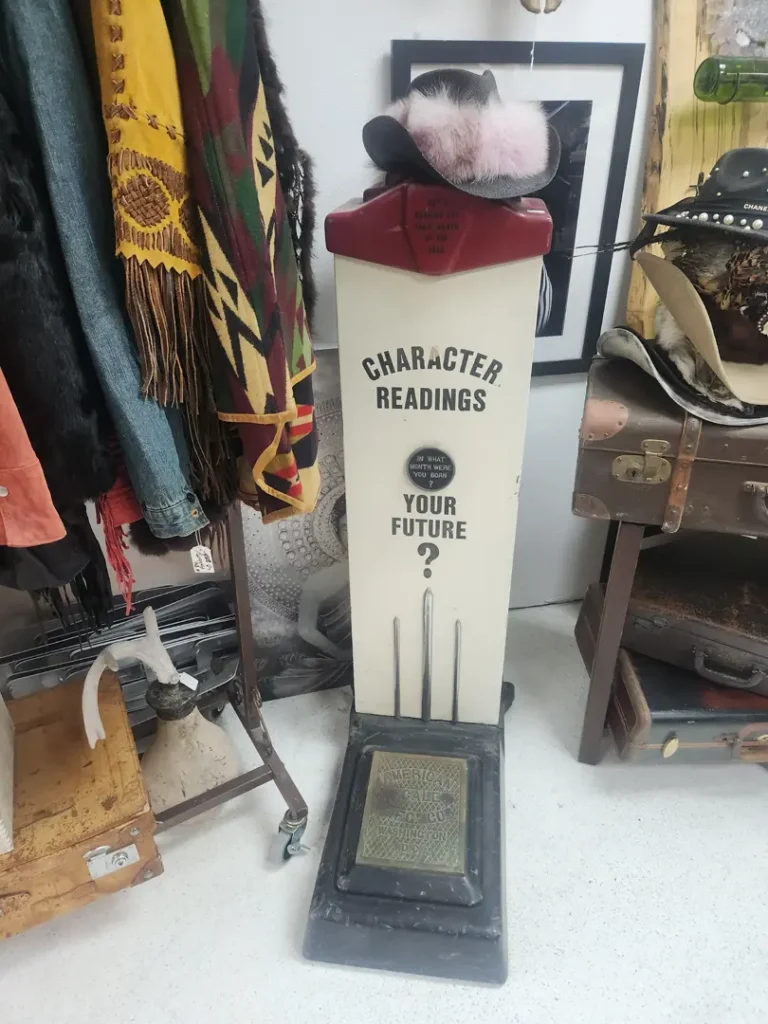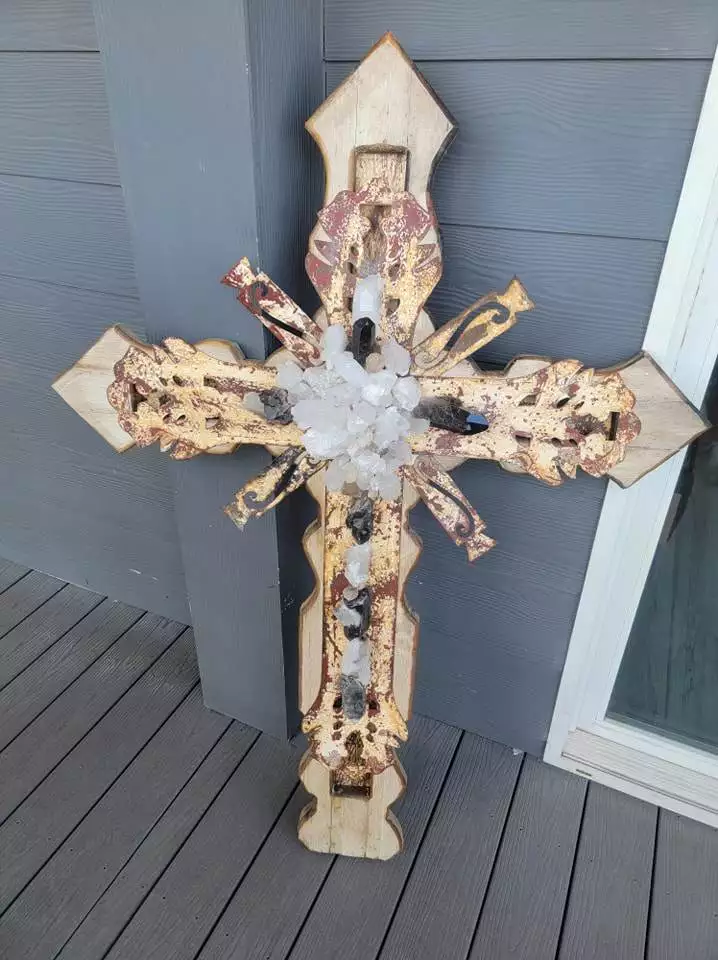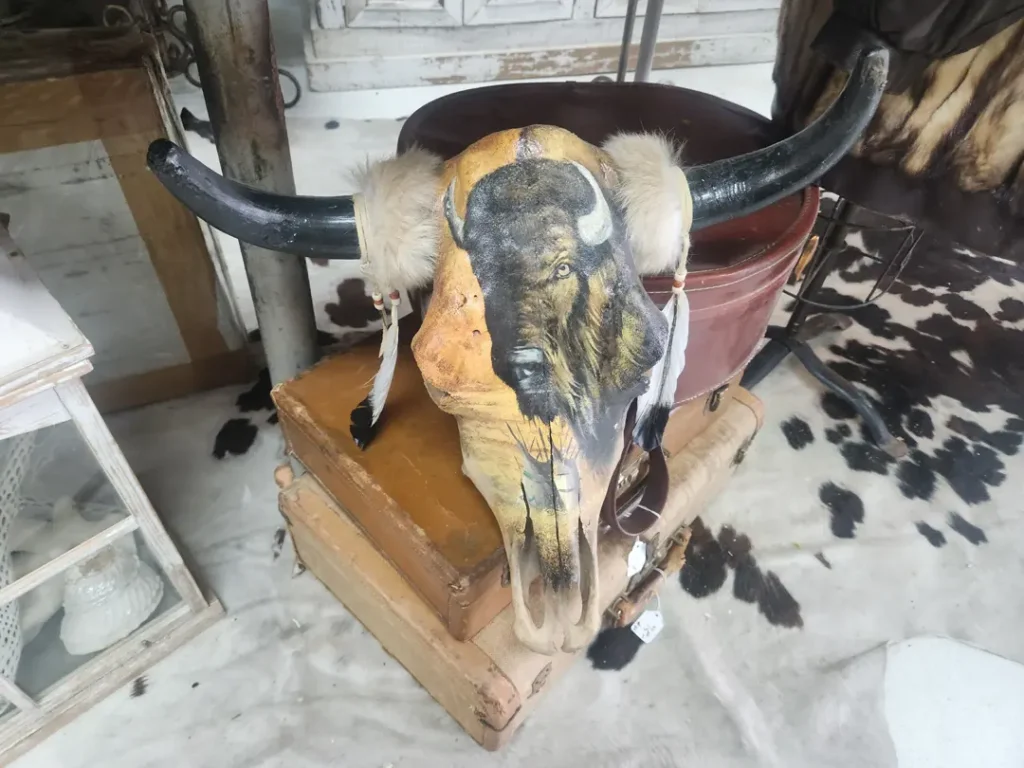Antique Wooden Box Camera – Capturing History in a Bygone Era
A testament to photography’s earliest innovations, this antique wooden box camera transports you back to a time when taking a single photograph was a careful, almost ceremonial event. Its sturdy wooden frame, complete with dovetail joints and brass fittings, speaks to the meticulous craftsmanship of an era that valued precision. The large, front-facing lens assembly—often accompanied by bellows on similar models—suggests that this piece may have once been used for studio portraits or field photography, capturing moments that would otherwise fade from memory.
In the late 19th and early 20th centuries, cameras were complex devices requiring knowledge of exposure times, chemical development, and the delicate handling of glass or film plates. The photographer would carefully set up the camera on a tripod, focus by adjusting the distance between the lens and the plate, then load a light-sensitive plate or sheet film into the back. Once the subject was framed, the lens cap or shutter mechanism would be briefly opened, exposing the plate. This elaborate process demanded both skill and patience, making every photograph an accomplishment.
This particular wooden box camera features a dual-lens configuration on the front, suggesting it could be a stereoscopic camera or a model that allowed for easier focusing through one lens while the other captured the image. Alternatively, some designs used two lenses to facilitate different focal lengths or to provide a preview window. The wooden body often included compartments for storing plate holders or additional lenses, indicating that this was a professional tool, not just a hobbyist’s gadget. The smooth finish and brass accents reflect an era when photographic equipment was as much a work of art as the images it produced.
Over the years, these cameras paved the way for countless advances in photography. They captured wars, documented expeditions, and chronicled family milestones. While modern digital cameras can snap dozens of shots in mere seconds, the wooden box camera era demanded deliberation. Photographers had to consider lighting, composition, and timing meticulously, as each exposure was precious. This approach often resulted in images with a sense of gravitas and detail that still fascinates contemporary audiences.
Collectors prize antique cameras for various reasons: some appreciate the historical significance, others are drawn to the mechanical beauty, and still others find ways to adapt old lenses to modern cameras for a unique photographic effect. Displaying a wooden box camera in a home or studio instantly infuses the space with a sense of legacy, sparking conversations about the evolution of technology and the art of capturing life’s fleeting moments. It’s a piece that not only looks stately but also invites reflection on how far photography has come—and how these foundational designs still inspire modern techniques.
- Construction: Sturdy wooden body, often hand-finished, with brass or metal fittings.
- Possible Use: Studio portraits, field photography, or stereoscopic imaging.
- Era: Late 19th to early 20th century, when glass plates and film sheets were common.
- Operational Complexity: Required manual focus, exposure control, and plate handling.
- Collectible Value: Revered for historical significance, craftsmanship, and aesthetic appeal.
Today, antique wooden box cameras are cherished as decorative centerpieces or conversation pieces, their timeless silhouettes evoking the dawn of photographic art. Some enthusiasts even restore them to working condition, using modern film sheets or wet plate methods to replicate the magic of historical processes. In either case, owning such a camera is about more than just possession—it’s about preserving a link to the photographers and pioneers who once peered through these lenses, determined to freeze a moment in time. Whether you’re a photography buff, a history lover, or an admirer of fine woodworking, this antique camera stands as a tangible reminder that each click of the shutter was once a calculated gamble—and the resulting image, a treasured keepsake that bridged past and present.



